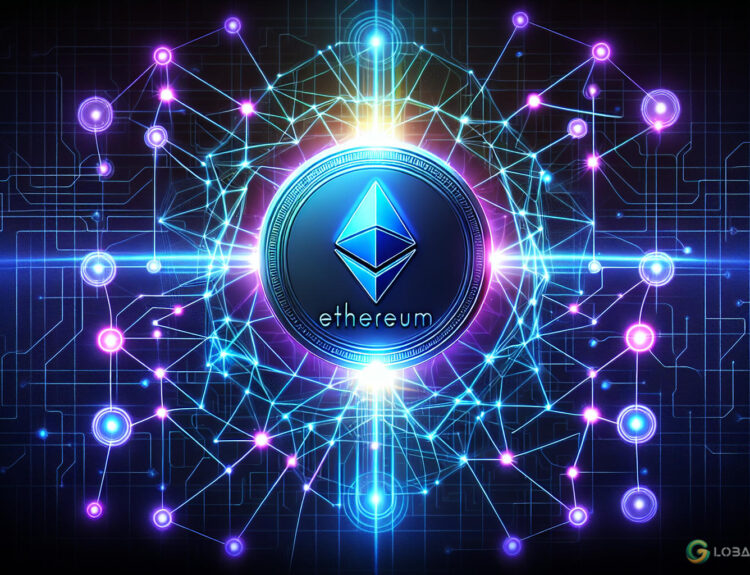StarkWare, the team behind the zero-knowledge-based layer 2 network Starknet, is set to introduce staking by the end of 2024. This initiative aims to bolster the blockchain’s resilience and decentralization. According to the Starknet Improvement Proposal (SNIP) submitted by CEO Eli Ben-Sasson and his team, the first staking phase is scheduled to launch on the L2 network’s mainnet in Q4 2024, pending community approval through a governance vote.
Ben-Sasson announced these plans at the Ethereum Community Conference in Brussels, proposing that users can become stakers. Participants will receive rewards proportional to the amount of STRK tokens they stake, with a 21-day lock period before funds can be withdrawn.
STRK Tokens and Their Role
STRK tokens serve as governance tokens, allowing holders to vote on various proposals that are essential to Starknet’s operations. Additionally, STRK is used to pay transaction fees, which support the network’s functionality. The use of STRK will soon extend to staking, which will be crucial for services that ensure Starknet’s operational capability and safety.
Steve Goodman, StarkWare’s principal technical writer, highlighted in the network’s documents from June 2024 that staking services could involve sequencing, temporary L2 consensus, STARK-proving services, and data availability provisioning.
Leadership and Structure
While StarkWare and the Starknet Foundation are separate entities, they share overlapping leadership. However, co-founders Eli Ben-Sasson and Uri Kolodny, who are also Foundation board members, do not engage in the Foundation’s daily operations.
Upcoming Developments
Following the Starknet Foundation’s significant airdrop of over 700 million STRK tokens to approximately 1.3 million wallet addresses, the staking announcement has been made. Pending approval, a testnet for staking will be launched soon, with the mainnet rollout planned for the last quarter of 2024.
Phased Staking Approach
StarkWare has outlined a phased approach to staking, starting with basic token staking and evolving to real-time attestations and, eventually, full sequencing and proving activities to secure the network.
This is an important step in building the staking community and technology, offering new opportunities for users and developers,” Ben-Sasson stated.
As Starknet advances on its path to decentralization, the introduction of staking marks a pivotal development. It promises to enhance the network’s security and engage the community more deeply.
Stay tuned for more cryptocurrency news and updates on Global Crypto News.
























